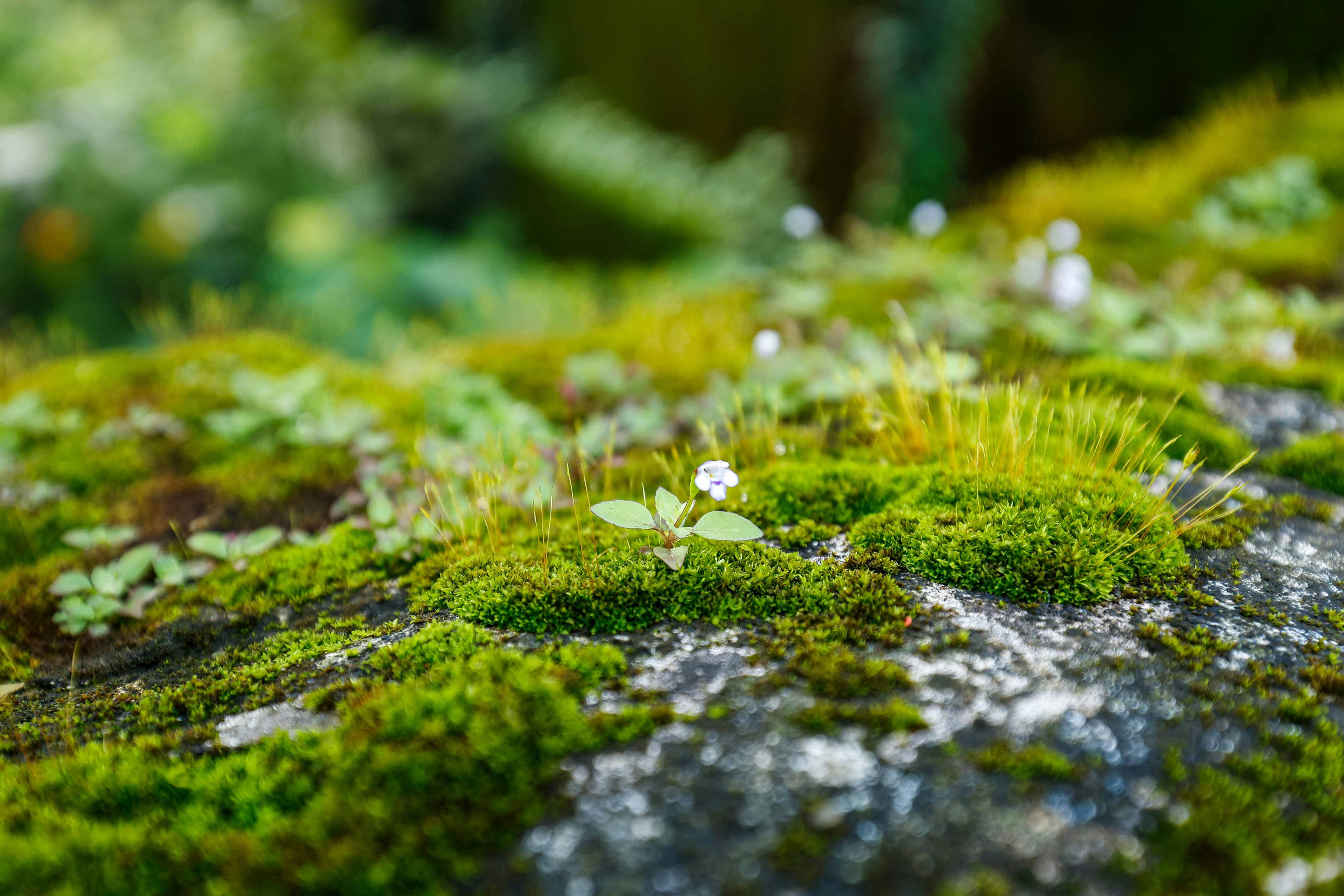.jpg)
The Science of Starting Tepache with a Tibicos (Kefir) Starter
During the Spanish expeditions, “tepache” was made using different ingredients like agave, corn and plums. The thing they all had in common was a spontaneous fermentation, meaning whatever microbes were on the fruit or in the air fermented the substrate.
In present day Mexico, tepache is now commercially produced, and often enjoyed as a refreshing street beverage — generally using pineapple and brown sugar. It is often high in sugar, and has fluctuating alcohol percentages.
Tepache to Now
During the Spanish expeditions, “tepache” was made using different ingredients like agave, corn, plums and of course, pineapple. At the time, the preparations to make tepache were all very similar: spontaneous fermentation. Meaning whatever microbes were already on the fruit or in the air, fermented the ingredient. This fermentation process tended to take a long time, and could produce unpredictable and sometimes less than desirable results.
In present day Mexico, tepache is now commercially produced, and often enjoyed as a refreshing street beverage — generally using pineapple and brown sugar as the substrate. It is often high in sugar, and has fluctuating alcohol percentages.
Tibicos
Tibicos (also known as water kefir) is another fermentation whose origin story begins in Mexico where the culture formed granules using sap on the pads of Opuntia cactus. The microbes kickstarting the fermentation are a symbiotic culture of yeast and bacteria similar to the ones found in kombucha. Like kombucha, the microbial ecology is resilient and produces compounds that inhibit the growth of pathogens. Most kombucha microbes produce a thick mat made of cellulose fibers that is often associated with kombucha called a “SCOBY”. But tibicos/kefir microbes produce small “grains”, which are clusters of little translucent pebbles made of dextran.
Tibicos de Tepache
In 2021, researchers at the Durango Institute of Technology compared a spontaneous tepache with one using tibicos/kefir grains (link). The substrate for each was 1 liter of fresh unpasteurized apple juice (so that the microbes present on the apples could start the fermentation). The spontaneous ferment didn’t have anything added, but the inoculated ferment had 2.5% tibicos/kefir starter added. Both were fermented at room temperature for one week.
The results were exciting: the tepache inoculated with tibicos not only finished first, but grew a much more diverse probiotic ecosystem. In this case it only took 3.5 days vs the typical 5 days for the spontaneous fermentation. The inoculated ferment also had higher peak counts of probiotic bacteria, particularly lactobacillus and bifidobacterium. In addition, the inoculated culture resulted in more phenolic compounds, which are known for inhibiting inflammation and many human ailments including metabolic and neurodegenerative diseases. Adding tibicos to the tepache fermentation process ultimately resulted in a much more plentiful ecosystem of healthy probiotic bacteria, within a shorter timeframe.
Tepache has a rich history of experimentation and innovation that we’re excited to dip our toes into, and create a version that’s lower in sugar, with probiotics, consistently alcohol compliant and of course, delicious!






